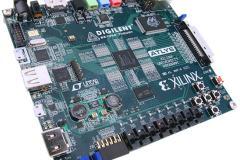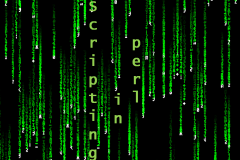*** Course Design & Objectives
- Advanced C
An intensive training targeted to cover a wide range topics with live and simple examples followed sufficient assignments.
* You will Learn
You will Learn
To have a clear concept of C language with examples.
Should feel confident in using all tools which are used in real time environment in the industry
Clear understanding in using data structures
Designing data structures
Practical problems in implementation
* Course Outline
Understanding Development tools and environment
Compilation stages, Usage of Makefile & utilities, Creating archives
Debugging techniques using GDB, Version controls with CVS
Storage sections, understanding Functions and Pointers
Working with Arrays, Structures and Unions, Bitwise operations and File manipulations
Strings â?? Parsing strings, Building messages
Arrays â?? Sorting, Deleting elements, Adding elements to array
Linked list â?? Single Liked list, Double linked list, Hashed list, Circular list
Searching â?? Linear search, Binary search, Hash based searching
- Data Structures
This covers all practical data structures associated with plenty of assignments
- Operating Systems
Clear understanding Operating System behavior in multi process environment. To give clear picture on scheduling and Memory management
* You will Learn
Understanding multiprocess environment (Process Management)
How the file are managed internally (FS Management)
How Memory is shared across processes and Kernel (Memory Management)
How IO device handled by Kernel (I/O Management)
Communication and data transfer between processes and Kernel (Inter Process Communication)
* Course Outline
File Management â?? Inode, Structure of a regular file, Super Block, INODE assignment to a new file, Allocation of disk blocks
Process Management â?? Process states and Transition, Layout of a system memory, Process context, Process Scheduling
Memory Management â?? Swapping, Demand paging, Segmentation and regions, Page out and swapping
I/O Management â?? Driver interfaces, Disk Drivers, Terminal Drivers
IPC â?? Pipes and FIFOs, Message queues, Client and Server communication Using Message queues, Different kinds of Semaphores, Shared Memory, Signals
- TCP/IP Network Protocol
Developing client and server applications over TCP/IP stack will make you full-fledged network programmer. Here we will deal with simple to complex implementations of servers and clients.
* You will Learn
The way the core internet works.
Different protocols and their implementations.
How the data transfer happens between nodes
* Course Outline
Types of networks, Ethernet Layer, ARP, RARP
Internet Protocol â?? IP address classes, Network And Broadcast Address, Loopback Address, Connectionless Delivery System, Purpose Of The Internet Protocol, Routing, Direct and Indirect Delivery, Fragmentation & Re-assembly
ICMP â?? Error Reporting Vs Error Correction, ICMP Message delivery, ICMP Message Format
User Datagram Protocol â?? Format Of UDP Messages, UDP pseudo-Header
TCP â?? Properties Of The Reliable Delivery Service, Sliding Windows, TCP Segment Format
Understanding application layered protocols like DNS, RIP, SMTP, HTTP
- Embedded Systems
This module covers all the tools and techniques required to develop software for embedded systems and how to develop applications over RTOS.
* You will Learn
Understanding RTOS
Difference between RTOS and General purpose OS
Building applications over RTOS
Things to consider while build applications over RTOS
* Course Outline
Cross compilers
Host and Target machines
Loading images on to target
Building BSP
Working with simulators








